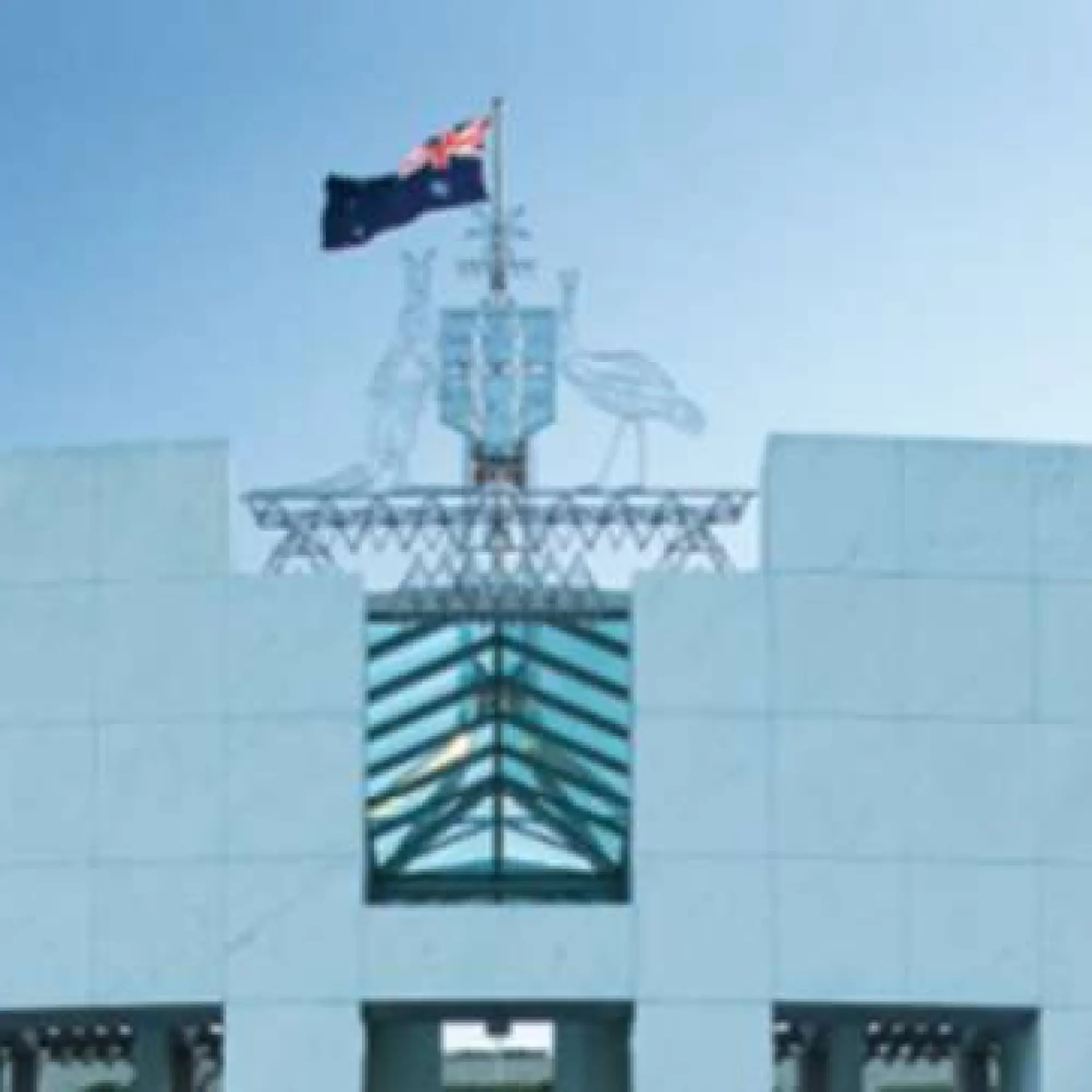Among the proposed changes, he announced continuing tax relief for lower earners, help for older Australians to save for retirement and more assistance for first home buyers.
Read on for a round-up of the proposals, and a look at how they might affect your household expenses and financial future.
Remember, at the moment these are just proposals and could change as legislation passes through parliament.
Superannuation
1. Repealing the work test for super contributions
Proposed effective date: 1 July 2022
People aged 67 to 74 will be able to make non-concessional or salary sacrificed superannuation contributions without meeting a work test, subject to existing caps.
This will simplify super rules and increase flexibility for older Australians to save for their retirement.
Currently, people aged 67 to 74 years can only make voluntary contributions to their super if they’ve worked at least 40 hours over 30 consecutive days in the financial year, unless they meet an exemption. The work test will still need to be met for those who wish to claim a tax deduction for personal contributions to super.
2. Extending access to downsizer contributions
Proposed effective date: 1 July 2022
The Government is proposing to lower the age Australians can make tax-free contributions to their super from the proceeds of selling their homes from 65 to 60.
Other eligibility rules for downsizer contributions will remain unchanged.
3. Giving retirees opportunity to exit legacy retirement products
Proposed effective date: 1 July after it’s passed as law
The Government will provide a temporary, two-year opportunity for people to transition from certain legacy retirement products to newer, more flexible products if they choose.
Retirees will be able to transfer their capital back into a super account and then start a new retirement product, take a lump sum benefit or retain the funds in that account.
4. Abolishing the $450 per month income threshold for Superannuation Guarantee (SG)
Proposed effective date: 1 July 2022
The minimum income threshold of $450 per month will be removed, so all eligible employees will receive SG contributions. The SG rate is increasing to 10% from 1 July 2021 and then gradually to 12% by 2025.
Taxation – personal
1. Extending the Low and Middle Income Tax Offset (LMITO)
Proposed effective date: 1 July 2021
The LMITO was due to end on 30 June 2021 but will now be retained for one more year in 2021-22. It’s worth up to $1,080 for individuals or $2,160 for couples.
- The benefit for those earning up to $37,000 is $255.
- Between $37,000 and $48,000, the offset increases at the rate of 7.5 cents per $1 above $37,000 to a maximum of $1,080.
- Those earning between $48,000 and $90,000 are eligible for the maximum LMITO benefit of $1,080.
- For income above $90,000, the offset phases out at a rate of 3 cents per $1 and is not available when taxable income exceeds $126,000.
Personal tax rates, thresholds and offsets for 2021-22
| Marginal tax rate (MTR)*(%) | Thresholds – income range 2021-22 ($) | Thresholds – income range from 2022-23 to 2023-24 ($) | Thresholds – MTR (%) and income range from 1 July 2024 ($) |
|---|---|---|---|
| 0 | 0 – 18,200 | 0 – 18,200 | 0% 0 – 18,200 |
| 19 | 18,201 – 45,000 | 18,201 – 45,000 | 19% 18,201 – 45,000 |
| 32.5 | 45,001 – 120,000 | 45,001 – 120,000 | 30% 45,001 – 200,000 |
| 37 | 120,001 – 180,000 | 120,001 – 180,000 | - |
| 45 | > 180,000 | > 180,000 | 45% > 200,000 |
| LMITO | Up to 1,080 | - | - |
| LITO | Up to 700 | Up to 700 | Up to 700 |
*excluding 2 per cent Medicare Levy
The Low Income Tax Offset (LITO) is also available and will be reduced at a rate of:
- 5 cents per $1 for income between $37,500 and $45,000, and
- 1.5 cents per $1 for income between $45,000 and $66,667.

